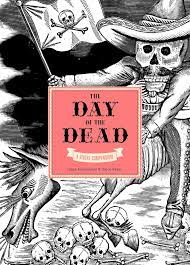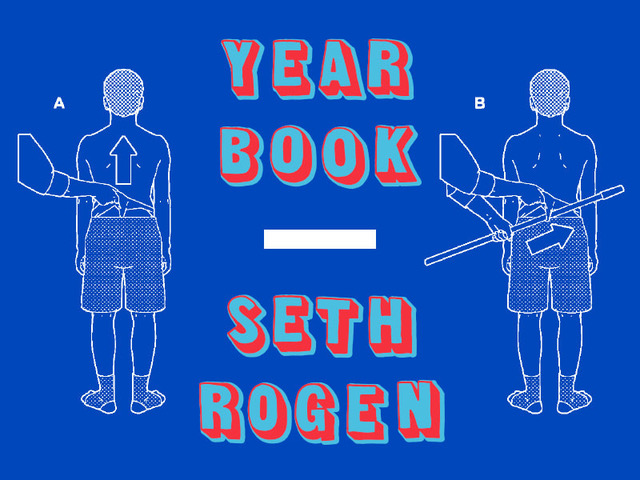Hachette Publishing Special
 Asterix and the Griffin (Asterix No. 39)
Asterix and the Griffin (Asterix No. 39)
By Jean Yves-Ferri and Didier Conrad
I grew up with Asterix, i.e. the original incarnation of characters created by Rene Goscinny, and it was heart-breaking to see how both the storytelling and wit suffered when illustrator Albert Uderzo tried to do both.
Having not had exposure to the Asterix series since the nineties, it was fantastic to see that the new creative duo, i.e. Jean Yves-Ferri and Didier Conrad, seem to have gotten things back on track with the thirty-ninth release of the series, i.e. Asterix and the Griffin.
This instalment sees Asterix, Obelix, their loyal dog Idefix and their druid Getafix embark to Sarmatia, an icy landscape located around today’s Russian territory, which was fabled to be guarded by a mythical half-eagle / half-lion animal, in a bid to help the Sarmatians to fight Caesar’s troops who had been sent out to capture the griffin and bring it back to Rome.
Asterix and the Griffin is delightfully dominated by puns, wordplay and underlying references, quips, clever nomenclature and allusions galore with a finely nuanced delivery that is bound to entertain not only children but has enough eastereggs and subtle plot content, with feminism being only one of the more obvious issues being tackled.
It is a real joy to see a return of the classic illustrations with an emphasis on rich coloured and meticulous attention to detail, which invites one to get lost in each individual panel, paired with the discoveries of what real-life and historic characters the protagonists are based on.
Despite the story staring a tad abruptly without further contextualisation, Asterix and the Griffin with its myth-meets-reality story delivers in spades by incorporating contemporary issues and demonstrates that the DNA of the original is being honoured and taken to the next level by a team clearly comprised of long-time Asterix fans.
The legacy lives on.
The Day of the Dead – A Visual Compendium
 Dia de Muertos, i.e. the less solemn holiday of death is more geared towards a joyful celebration rather than the traditional mourning in the manner Western culture gathers to pay respects to the dearly departed.
Dia de Muertos, i.e. the less solemn holiday of death is more geared towards a joyful celebration rather than the traditional mourning in the manner Western culture gathers to pay respects to the dearly departed.
More often than not substantiated with humorous undertones, colourful imagery, flowers, self-built altars and sustenance is prepared in a light hearted bid to pay homage to the deceased.
Experiencing the Mexican Day of the Dead in the third dimension on site is a mind-blowing experience, the essence of which this comprehensive tome sets out to capture by collating a myriad of artistic ephemera celebrating the dead.
The sheer visual vibrance and splendour, visionary imaginations and attention to detail is a sight to behold and this anthology does a fantastic job conveying the spiritual essence via not only photos but both traditional and iconic illustrations of (sugar) skulls, depictions of swinging skeleton characters, meticulously crafted paper cuts, and classic artworks created by such trailblazing artists like Diego Rivera and Frida Kahlo, whose works elevate the depictions to another level as they tie in with the folklore on a deeper level and include references to historic events of their lineage.
Curated by luminaries in the field of Mexican art and culture, this faceted compendium is not only recommended for Day of the Dead aficionados but for anyone remotely interested in cultural events, idiosyncratic takes on life and death and vibrant, engaging artistic representations of what moves and affects humanity in its very core.
Yearbook
Seth Rogen
 Over the years, more often than not, I have quite enjoyed Seth Rogen channelling his idiosyncratic comedic talents on screen – be it in the fantastic Freaks and Geeks, or his mainstream success movies that made him a famed, generational actor and filmmaker.
Over the years, more often than not, I have quite enjoyed Seth Rogen channelling his idiosyncratic comedic talents on screen – be it in the fantastic Freaks and Geeks, or his mainstream success movies that made him a famed, generational actor and filmmaker.
Yearbook meanders through Rogen’s life from his humble beginnings as a comedian, honing his craft via the meteoritic rise to him now being a seasoned elder statesman of the funny realm.
Comprised of candid essays, Rogen elicits laughter not merely through jokes and the recounting of funny anecdotes, but through the way he expertly structures stories and eloquently elaborates in a manner that allows a deeper insight in his approach and thinking.
Apart from career defining moments, it is the mishaps and episodes shedding light on his failures that in a non-linear fashion highlight Rogen’s thoughtfulness, wit and ability to find humour in the strangest of places, far away from the weed induced humour he is known for. Needless to say, there are also chapters dedicated to the latter via recalling outrageous drug induced episodes.
Yearbook is an immensely entertaining tour de force in storytelling due to his blunt approach in not beating around the bush when it comes to detailing the eccentricities of the celebrities he gets exposed to along the way and how they conducted themselves, including but not limited to encounters with the likes of George Lucas, Nicolas Cage, Kanye West and Tom Cruise.
Another interesting facet is added when Rogen offers insight into the inner workings of the film industry, e.g. when he goes into pointed elaborations about The Interview versus North Korea fiasco and the implications of social media.
Rogen’s prose is on point and well-nuanced throughout, often eliciting unexpected laughs with his collection of true and often touching stories.
Due to Rogen’s humility and absence of mean-spiritedness, his quasi-memoir Yearbook is an affable feel-good book and the written equivalent to a hangout with the man.